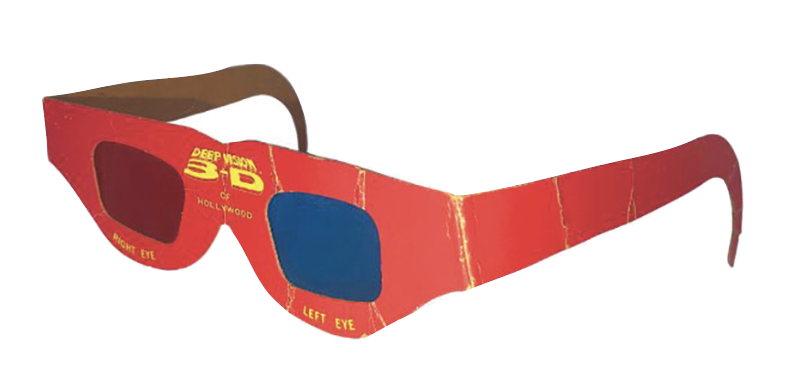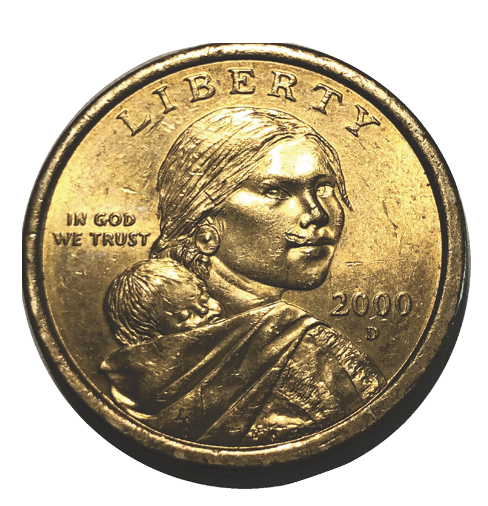Dorri Partain
Northeast News
When King Camp Gillette conceptualized an extremely thin, sharp blade for shaving, he wasn’t aiming for a closer or more convenient shave. As an entrepreneur, he was looking for a product that was designed to be disposable, and thus fuel additional sales when consumers needed a replacement. He partnered with machinist William E. Nickerson to design a double-edged steel blade and a device to hold the blade in 1900.
Nickerson also designed the machinery to mass-produce the blades while Gillette founded the American Safety Razor Company to market the new concept. The following year the name changed to the Gillette Safety Razor Company. The earliest razors had three pieces; the top was removed to replace the blade. One dozen blades sold for $1.00 in 1905.
By 1934, a one-piece Toggle-style razor was developed, where a knob at the bottom of the handle would twist to open and close the top, making it easier to install a new blade. New models were introduced every couple of years and other manufacturers had entered the market. Blades were upgraded as well, and came in holders that not only dispensed the new blades, but could hold the used blades safely until the entire holder could be disposed of. Blades were marketed not only by razor manufacturers; drug stores and department stores sold them stamped with their name, such as the T.G. & Y. brand shown above. From 1935 to 2001, when the final store closed, T.G. & Y. operated discount stores throughout the midwest.
The Gillette razor shown above, the Blue-Tip Super Speed, debuted in 1955, and was manufactured in England.



















